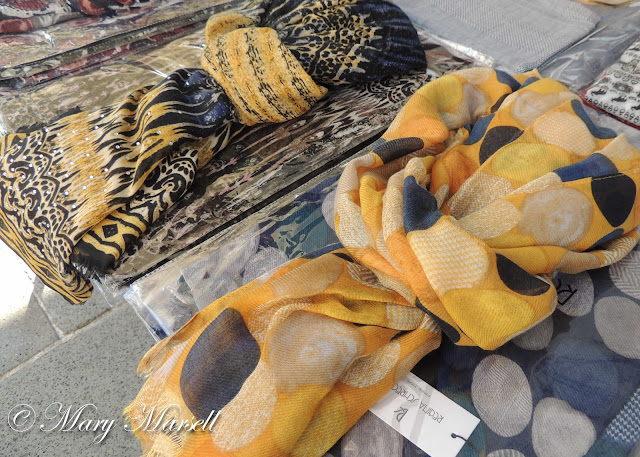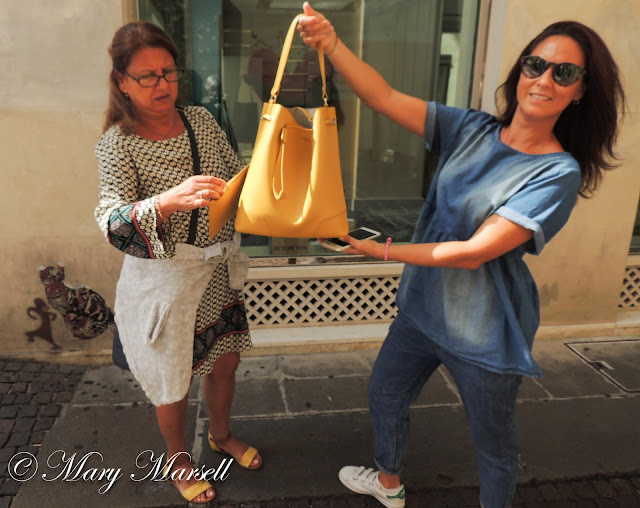I've heard about this baby boy
Who's come to earth to bring us joy
And I just want to sing this song to you
It goes like this, the fourth, the fifth
The minor fall, the major lift
With every breath I'm singing Hallelujah
Hallelujah, Hallelujah, Hallelujah, Hallelujah
A couple came to Bethlehem
Expecting child, they searched the inn
To find a place for You were coming soon
There was no room for them to stay
So in a manger filled with hay
God's only Son was born, oh Hallelujah
Hallelujah, Hallelujah, Hallelujah, Hallelujah
The shepherds left their flocks by night
To see this baby wrapped in light
A host of angels led them all to You
It was just as the angels said
You'll find Him in a manger bed
Immanuel and Savior, Hallelujah
Hallelujah, Hallelujah, Hallelujah, Hallelujah
A star shown bright up in the east
To Bethlehem, the wisemen three
Came many miles and journeyed long for You
And to the place at which You were
Their frankincense and gold and myrrh
They gave to You and cried out Hallelujah
Hallelujah, Hallelujah, Hallelujah, Hallelujah
I know You came to rescue me
This baby boy would grow to be
A man and one day die for me and you
My sins would drive the nails in You
That rugged cross was my cross, too
Still every breath You drew was Hallelujah
Hallelujah, Hallelujah, Hallelujah, Hallelujah
Hallelujah, Hallelujah, Hallelujah, Hallelujah
CLOVERTON LYRICS
"A Hallelujah Christmas"
(originally by Leonard Cohen)
"A Hallelujah Christmas"
(originally by Leonard Cohen)




















































